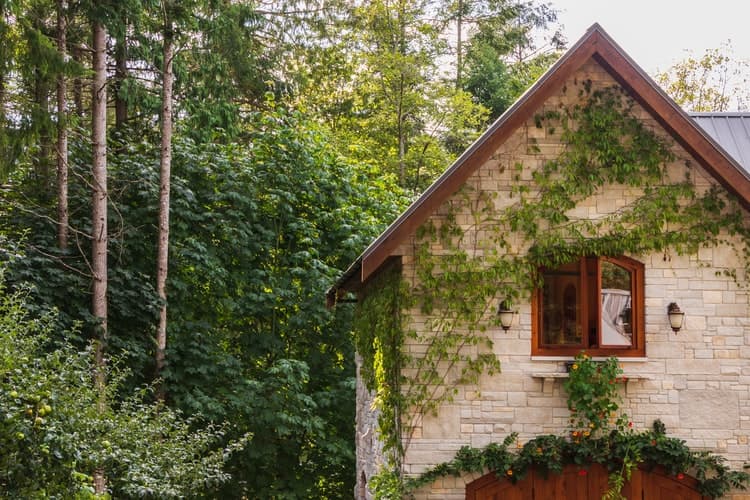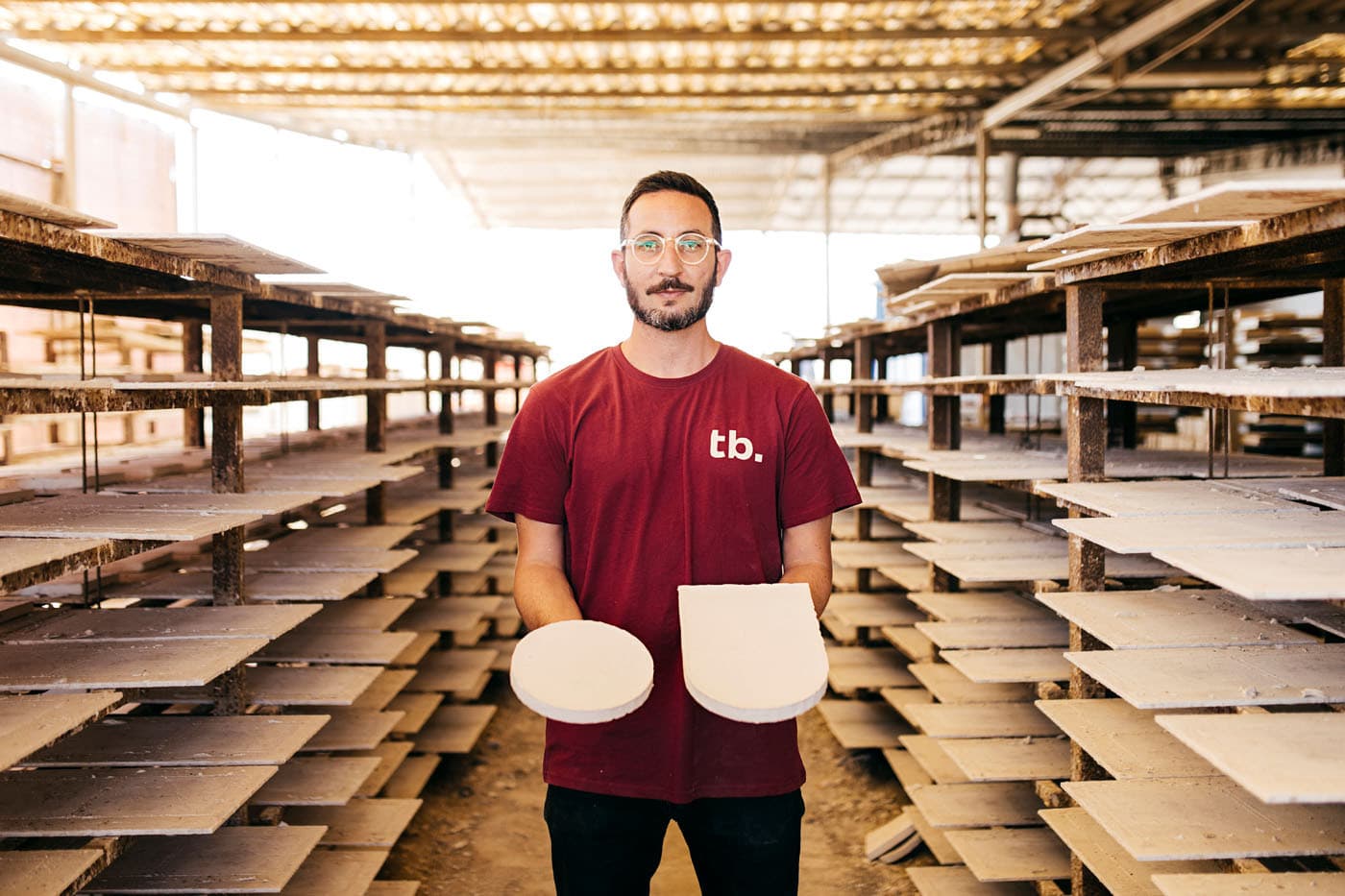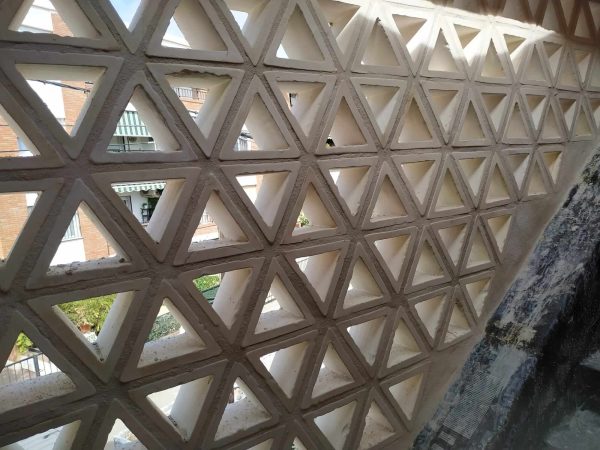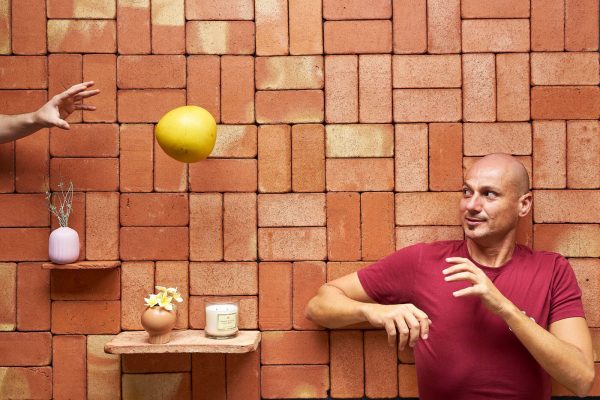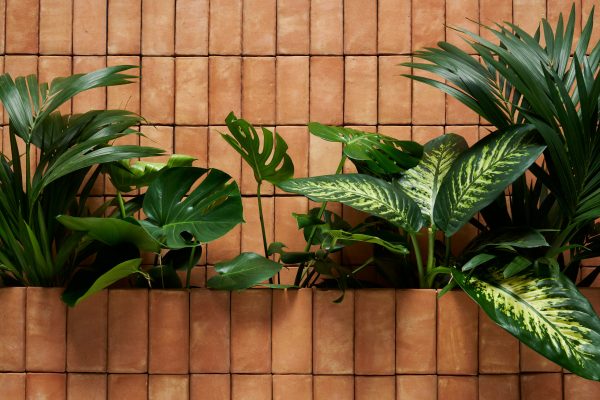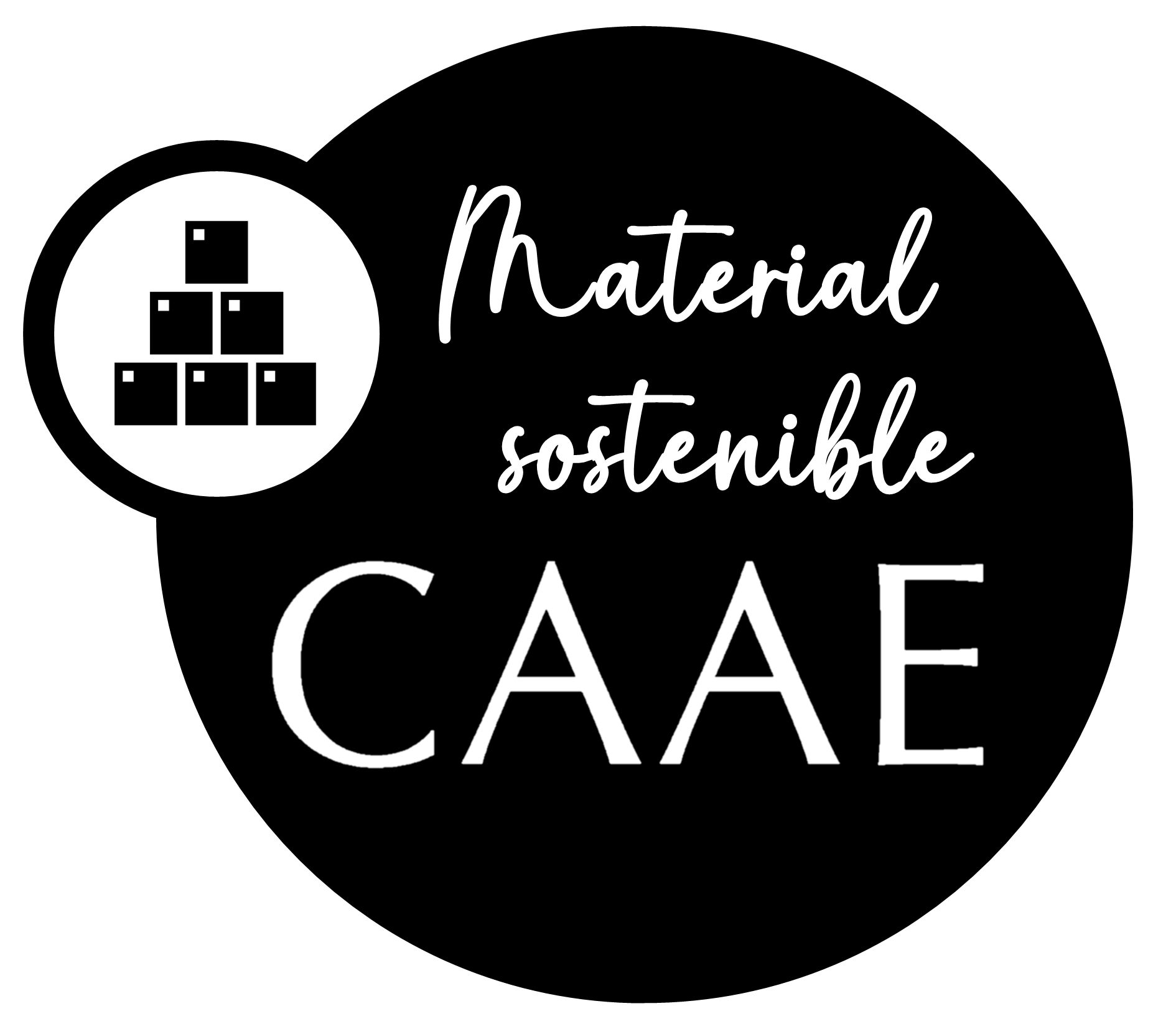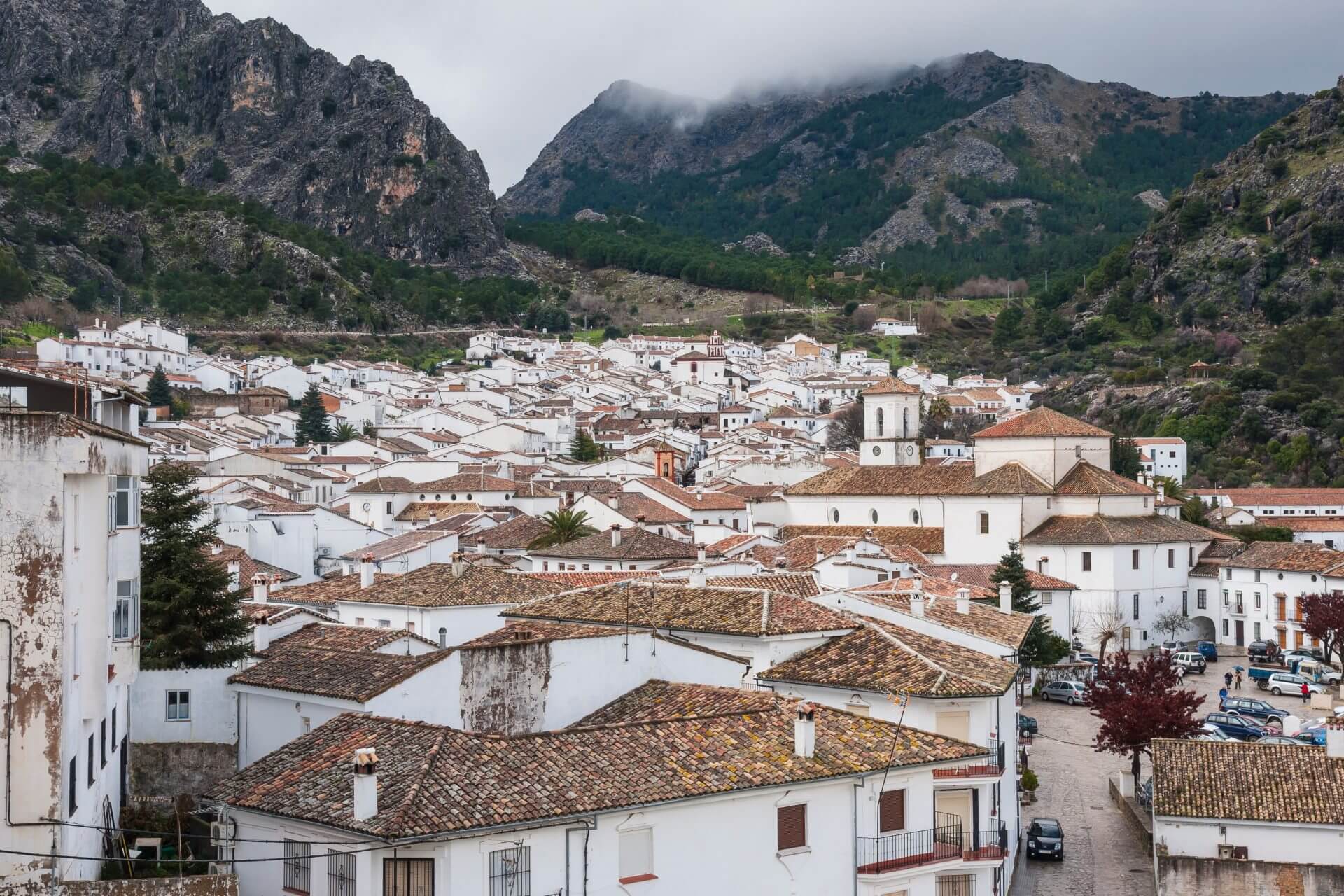
Bioclimatic architecture; fired clay and tradition
Bioclimatic architecture aims to take advantage of environmental conditions to reduce waste and maximize energetic saving
Even if the terminology has a postmodern resonance to it, bioclimatic architecture is nothing new. We don’t need to travel far from our eco-shop to find good examples of this ancient practice.
Examples of bioclimatic architecture
In the province of Malaga we find a part of the called Pueblos Blancos (or “white towns”). This ensemble of towns (that extends from Malaga to Cádiz) gets its nickname from the whitewashing of its walls with limestone.
As our Arab ancestors discovered, covering the outer walls of the buildings with limestone is a greatly efficient way of reflecting the sunlight, thus thermally isolating in an effective way the inside of the homes from the harsh Andalusian sun.
It is not a coincidence that they whitewash houses around the Ronda and Grazalema mountain range. The local raw material, the environmental conditions and the customs of the area are exactly right to get the production of limestone that gives its color to the Pueblos Blancos.
The sustainable harnessing of natural resources constitutes, in this case, a clear example of bioclimatic architecture.
The future is in debt of vernacular architecture
Energetical saving strategies have a lot to thank for popular wisdom. For centuries and centuries the humble classes have had the need to take on the natural resources around them to cover their basic needs, when lacking energy sources that did it for them.
The orientation of the house is an example of bioclimatic architecture. In the North it is customary to orientate houses to seize the most sunlight, whilst in the Tropics it is to leverage trade winds and to improve ventilation.
Up until a few decades ago, this kind of practice was a prerogative of the working class. If the owners of a new house could afford the installation of an electrical system, the orientation of the building was not as relevant. Some years later, the same happened with artificial climate control: whomever could afford AC and heating systems, could dispense of thick walls and facing trade winds.
Although most of the population in wealthy countries now has access to electricity, architectural sustainability is no longer a circumstantial obligation. Climate change turns it into an ecological need.
How do fired clay bricks and bioclimatic architecture relate to each other
The concepts that bioclimatism handles are primarily related to solar radiation. Degree of incidence, sunlight hours per year and accessibility to it are important things to factor in.
When it comes to energy consumption that humans need to make our houses livable, the conditions created by the sun are the most important. Heat during the summer, cold during the winter and humidity all year round are the main causes we need devices and fossil fuel powered systems.
To avoid energy loss, we often need insulating materials that maximize energetic efficiency. There are a myriad of materials that can provide effective thermal insulation. However, to respect the principles of bioclimatic architecture, ecodesign and sustainability, those materials have to be as ecological as possible.
That is the case of fired clay floors: it is a traditional, non contaminant, highly efficient way of keeping the humidity levels in check. It is an excellent thermal insulator, it presents an extraordinary durability, and absorbs bad smells inside the homes.
At todobarro we take a step further in the sustainability of our production
We’ve talked about on this blog before how terracotta tiles act as thermal insulation and contribute to saving energy. That in itself is a great contribution to the sustainability of a house or building: the more thermal stability a house possesses, the less will be the investment in artificial regulation devices.
At todobarro, however, we take it a step further. Using sustainable materials is useless if the fabrication process of those issues causes so much more residues and carbon emissions that will ever be prevented afterwards.
That’s why we aim for our consideration of being an ecological company to not be just an honorary title, but a descriptor of the totality of our production processes, from start to finish.
We make our clay tiles using the same techniques our Nasrid ancestors used six centuries ago. We let our tiles air dry outdoors, and we’ve freed ourselves from plastics for packaging and transportation.
We only manufacture on demand, so we do not waste an ounce of raw material unnecessarily, nor do we use more resources than strictly necessary to fulfill our projects.
All this makes our terracotta floors the perfect allies for bioclimatic architecture projects. One of the main resistances within the sector is the dichotomy between design and sustainability. In our commitment to design, we have found that this dichotomy is false: it is possible to be 100% committed to sustainability and design at the same time without harming either of them.
